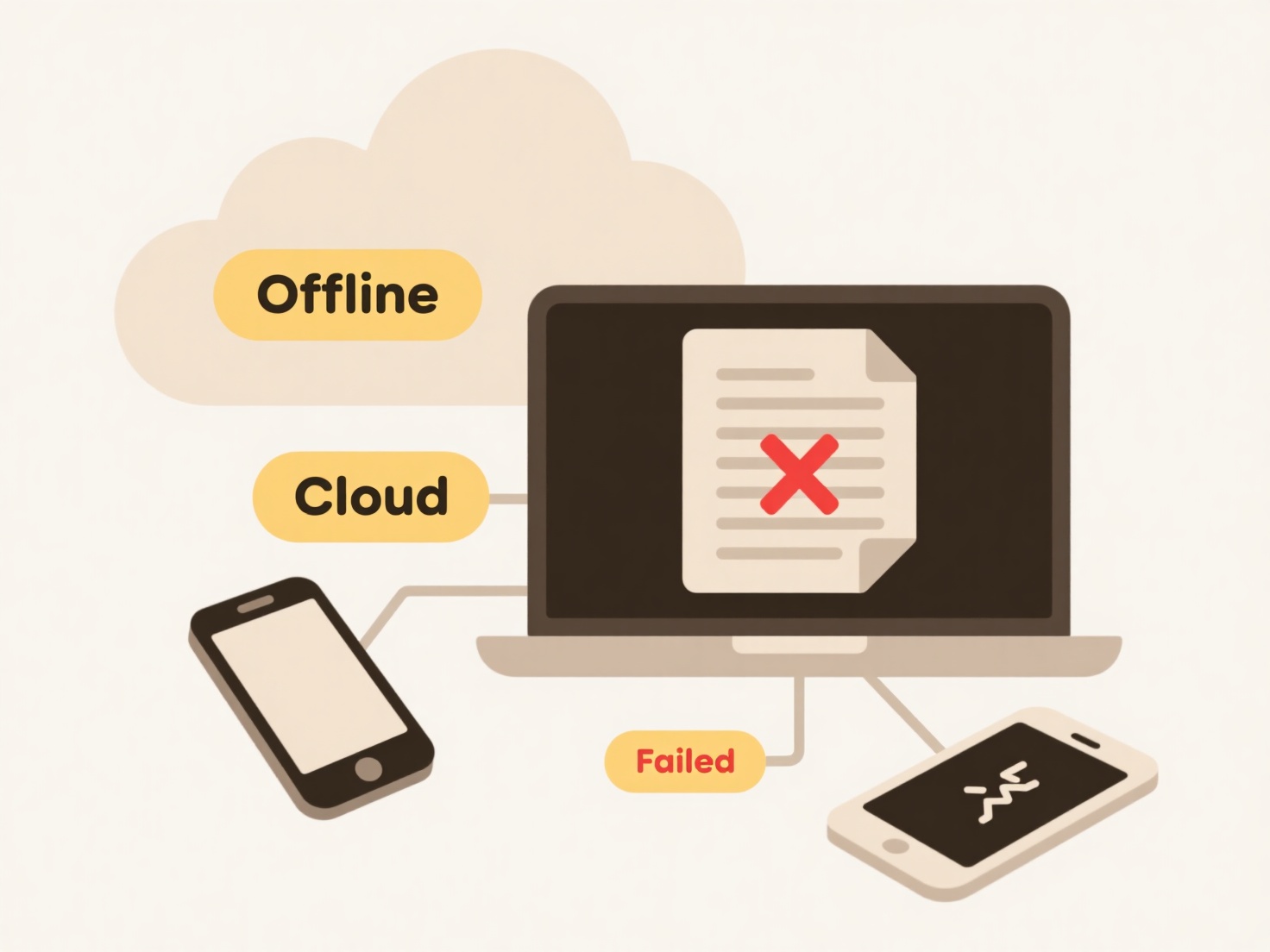
A file naming convention is a systematic approach for naming digital files to ensure clarity and consistency. It typically includes key elements like project identifiers, descriptive terms, dates (using YYYYMMDD format), version numbers, and creator initials. This structured approach differs from ad hoc naming by establishing clear rules everyone follows, making files easily identifiable without opening them. Consistent conventions prevent confusion when multiple people handle files over time.

For example, academic research projects often use names like "ProjectA_Experiment2_Results_20230915_V2_SM.csv", while photography teams might use "2023-08-20_Wedding_Location_Photo23_RAW.nef". Design agencies frequently prefix files with client codes: "CLT123_LogoDesign_ConceptA_v3.ai". These practices apply across industries like healthcare, software development, and media production.
Key advantages include dramatically improved searchability, version control, and collaboration efficiency. However, overly complex rules may cause user resistance. Ethical considerations include naming files neutrally to prevent bias. Future trends involve AI-assisted naming and automation tools, while innovation focuses on adaptable conventions balancing detail with usability as data volumes grow.
How can I create a naming convention for saved files?
A file naming convention is a systematic approach for naming digital files to ensure clarity and consistency. It typically includes key elements like project identifiers, descriptive terms, dates (using YYYYMMDD format), version numbers, and creator initials. This structured approach differs from ad hoc naming by establishing clear rules everyone follows, making files easily identifiable without opening them. Consistent conventions prevent confusion when multiple people handle files over time.

For example, academic research projects often use names like "ProjectA_Experiment2_Results_20230915_V2_SM.csv", while photography teams might use "2023-08-20_Wedding_Location_Photo23_RAW.nef". Design agencies frequently prefix files with client codes: "CLT123_LogoDesign_ConceptA_v3.ai". These practices apply across industries like healthcare, software development, and media production.
Key advantages include dramatically improved searchability, version control, and collaboration efficiency. However, overly complex rules may cause user resistance. Ethical considerations include naming files neutrally to prevent bias. Future trends involve AI-assisted naming and automation tools, while innovation focuses on adaptable conventions balancing detail with usability as data volumes grow.
Quick Article Links
How do I add a timestamp to file names automatically?
Adding timestamps automatically means programmatically including the current date and time within filenames without manu...
How do I turn AutoSave on or off?
AutoSave automatically saves document changes as you work, replacing frequent manual saving. Unlike manual saving, which...
Can I use regex patterns to rename files?
Regular expression (regex) patterns define text search patterns using special sequences for matching complex string vari...